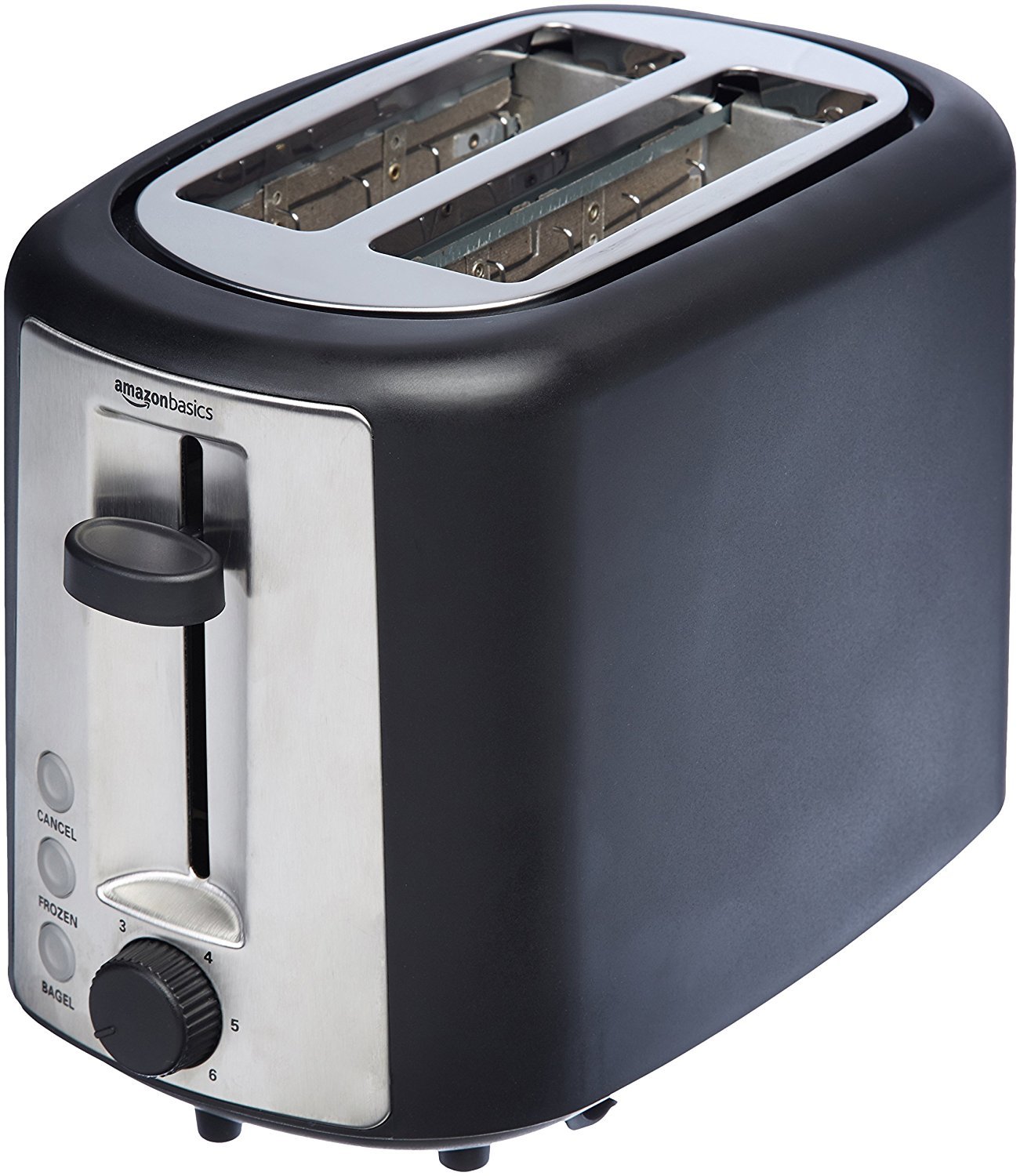A mess.
Pi4 with 2TB SSD running:
- Portainer
- Calibre
- qBittorrent
- Kodi
HDMI cable straight to the living room Smart TV (which is not connected to the internet).
Other devices access media (TV shows, movies, books, comics, audiobooks) using VLC DLNA. Except for e-readers which just use the Calibre web UI.
Main router is flashed with OpenWrt and running DNS adblocker. Ethernet running to 2nd router upstairs and to main PC. Small WiFi repeater with ethernet in the basement. It’s not a huge house, but it does have old thick walls which are terrible for WiFi propogation.
I only use the highest of grade when it comes to hardware
Case: found in the trash
Motherboard: some random Asus AM3 board I got as a hand-me down.
CPU: AMD FX-8320E (8 core)
RAM: 16GB
Storage: 5x2tb hdds + 128gb SSD and a 32GB flash drive as a boot device
That’s it… My entire “homelab”
Beautiful. 🫠
Bad. I have a Raspberry Pi 4 hanging from a HDMI cable going up to a projector, then have a 2TB SSD hanging from the Raspberry Pi. I host Nextcloud and Transmission on my RPi. Use Kodi for viewing media through my projector.
Internet:
- 1G fiber
Router:
- N100 with dual 2.5G nics
Lab:
- 3x N100 mini PCs as k8s control plane+ceph mon/mds/mgr
- 4x Aoostar R7 “NAS” systems (5700u/32G ram/20T rust/2T sata SSD/4T nvme) as ceph OSDs/k8s workers
Network:
- Hodge podge of switches I shouldn’t trust nearly as much as I do
- 3x 8 port 2.5G switches (1 with poe for APs)
- 1x 24 port 1G switch
- 2x omada APs
Software:
- All the standard stuff for media archival purposes
- Ceph for storage (using some manual tiering in cephfs)
- K8s for container orchestration (deployed via k0sctl)
- A handful of cloud-hypervisor VMs
- Most of the lab managed by some tooling I’ve written in go
- Alpine Linux for everything
All under 120w power usage
How are you finding the AooStar R7? I have had my eye on it for a while but not much talk about it outside of YouTube reviews
They’ve been rock solid so far. Even through the initial sync from my old file server (pretty intensive network and disk usage for about 5 days straight). I’ve only been running them for about 3 months so far though, so time will tell. They are like most mini pc manufacturers with funny names though. I doubt I’ll ever get any sort of bios/uefi update
1) DIY PC (running everything)
- MSI Z270-A PRO
- Intel G3930
- 16GB DDR4
- ATX PSU 550W
- 250GB SSD for OS
- 500GB SSD for data
- 12TB HDD for backup + media
2) Raspberry pi 4 4GB (running 2nd pihole instance)
Only 2 piHOLES?
Not sure is this a joke, but I dont see a reason to have more than 2.
Sorry forgot the /s
I have 5 servers in total. All except the iMac are running Alpine Linux.
Internet
Ziply fiber 100mb small business internet. 2 Asus AX82U Routers running in AiMesh.
Rack
Raising electronics 27U rack
N3050 Nuc’s
One is running mailcow, dnsmasq, unbound and the other is mostly idle.
iMac
The iMac is setup by my 3d printers. I use it to do slicing and I run BlueBubbles on it for texting from Linux systems.
Family Server
Hardware
- I7-7820x
- Rosewill rackmount case
- Corsair water cooler
- 2 4tb drives
- 2 240gb ssd
- Gigabyte motherboard
Mostly doing nothing, currently using it to mine Monero.
Main Cow Server
Hardware
- R7-3900XT
- Rosewill rackmount case
- 3 18tb drives
- 2 1tb nvme
- Gigabyte motherboard
Services
- ZFS 36TB Pool
- Secondary DNS Server
- NFS (nas)
- Samba (nas)
- Libvirtd (virtual macines)
- forgejo (git forge)
- radicale (caldav/carddav)
- nut (network ups tools)
- caddy (web server)
- turnserver
- minetest server (open source blockgame)
- miniflux (rss)
- freshrss (rss)
- akkoma (fedi)
- conduit (matrix server)
- syncthing (file syncing)
- prosody (xmpp)
- ergo (ircd)
- agate (gemini)
- chezdav (webdav server)
- podman (running immich, isso, peertube, vpnstack)
- immich (photo syncing)
- isso (comments on my website)
- matrix2051 (matrix to irc bridge)
- peertube (federated youtube alternative)
- soju (irc bouncer)
- xmrig (Monero mining)
- rss2email
- vpnstack
- gluetun
- qbittorrent
- prowlarr
- sockd
- sabnzbd
Why do you host FreshRSS and MiniFlux if you don’t mind me asking?
I kind of prefer mini flux but I maintain the freshrss package in Alpine so I have an instance to test things.
Thank you. I’m looking at sorting an aggregator out and am leaning towards Miniflux

- An HP ML350p w/ 2x HT 8 core xeons (forget the model number) and 256GB DDR3 running Ubuntu and K3s as the primary application host
- A pair of Raspberry Pi’s (one 3, one 4) as anycast DNS resolvers
- A random minipc I got for free from work running VyOS as by border router
- A Brocade ICX 6610-48p as core switch
Hardware is total overkill. Software wise everything is running in containers, deployed into kubernetes using helmfile, Jenkins and gitea

It’s running NetBSD, isn’t it?
- Pico psu
- Asrock n100m
- Eaton3S mini UPS
- 250gb OS Sata SSD
- 4x sata 4t SSD’s
- Pcie sata splitter
All in a small PC Case
sever is running YunoHost
At home - Networking
- 10Gbps internet via Sonic, a local ISP in the San Francisco Bay Area. It’s only $40/month.
- TP-Link Omada ER8411 10Gbps router
- MikroTik CRS312-4C+8XG-RM 12-port 10Gbps switch
- 2 x TP-Link Omada EAP670 access points with 2.5Gbps PoE injectors
- TP-Link TL-SG1218MPE 16-port 1Gbps PoE switch for security cameras (3 x Dahua outdoor cams and 2 x Amcrest indoor cams). All cameras are on a separate VLAN that has no internet access.
- SLZB-06 PoE Zigbee coordinator for home automation - all my light switches are Inovelli Blue Zigbee smart switches, plus I have a bunch of smart plugs. Aqara temperature sensors, buttons, door/window sensors, etc.
Home server:
- Intel Core i5-13500
- Asus PRO WS W680M-ACE SE mATX motherboard
- 64GB server DDR5 ECC RAM
- 2 x 2TB Solidigm P44 Pro NVMe SSDs in ZFS mirror
- 2 x 20TB Seagate Exos X20 in ZFS mirror for data storage
- 14TB WD Purple Pro for security camera footage. Alerts SFTP’d to offsite server for secondary storage
- Running Unraid, a bunch of Docker containers, a Windows Server 2022 VM for Blue Iris, and an LXC container for a Bo gbackup server.
For things that need 100% reliability like emails, web hosting, DNS hosting, etc, I have a few VPSes “in the cloud”. The one for my emails is an AMD EPYC, 16GB RAM, 100GB NVMe space, 10Gbps connection for $60/year at GreenCloudVPS in San Jose, and I have similar ones at HostHatch (but with 40Gbps instead of 10Gbps) in Los Angeles.
I’ve got a bunch of other VPSes, mostly for https://dnstools.ws/ which is an open-source project I run. It lets you perform DNS lookup, pings, traceroutes, etc from nearly 30 locations around the world. Many of those are sponsored which means the company provides them for cheap/free in exchange for a backlink.
This Lemmy server is on another GreenCloudVPS system - their ninth birthday special which has 9GB RAM and 99GB NVMe disk space for $99 every three years ($33/year).
I hate you and want all of your equipment
A 13-year-old former gaming computer, with 30TB storage in raid6 that runs *arrs, sabnzbd, and plex. Everything managed by k3s except plex.
Also, 3-node digital ocean k8s cluster which runs services that don’t need direct access to the 30TB of storage, such as: grocy, jackett, nextcloud, a SOLID server, and soon a lemmy instance :)
The Lemmy instance might need access to large storage.
My instance’s image cache is like 230GB. Plus a bunch more for the db. Can confirm storage is needed.
(unrelated question 😶 - anyone running pictrs 0.5 on local storage happily?)
Thanks for the heads up.
I plan on using digital ocean’s Spaces (s3-alike) where possible and also it’s intended to be a personal instance, at least to start - just for me to federate with others and subscribe to my communities. Given that, do you think it’ll still use much disk (block device) storage?
Might be time to familiarize myself with DO’s disk pricing…
-
Server - Desktop Tower
- Build - Intel server board & CPU based on old serverbuild naskiller guide
- OS on SSD
- ZFS ON 8 6TB DRIVES, YIELDING ~36TB of storage, recoverable with up to two failed drives
- Runs (via docker)
- Navidrome (webui used daily @ work, dsub on phone, feishin on desktop)
- Jellyfin (used almost exclusively locally on my TV, occasionally to watch with friends on web)
- Nextcloud (used occasionally, mostly backs up password files, etc or to share. Thinking about replacing.)
- QBitTorrent with glutun VPN
- Audiobookshelf - used frequently for audiobooks. Occasionally for podcasts. Often more convenient to use antennapod/pocket casts on phone for active podcasts)
- Kavitas - used seldom. Thinking about stopping. I like using obps on my rooted kindle to access my library.
- Changedetection.io -watch some sites for new products, etc
- Kiwix (local wikipedia copy I use shortcuts in FF locally to search for things)
- Homepage (local links I use on local machines to my services)
- Build - Intel server board & CPU based on old serverbuild naskiller guide
-
Raspberry pi
- Adguard home & unbound - block most garbage for any traffic from my home
Thoughts - I’m considering downsizing. I don’t really need all that much space, and it can be a headache at times. With drive replacement costs on top of power (~$320 a year) I consider either going to a vps or downsizing to what could run on a small compute like the n100 or a raspberry pi5, etc.
Look for 5W idle consumption boards + CPU combos which go down to package C6+ state. HardwareLuxx has a spreadsheet with various builds focusing on low power. Sell half your disks, go mirror or Raidz1. Invest the difference in off-site vps and or backup. Storage on any SBC is a big pain and you will hit the sata connector / IO limits very soon.
The small NUC form factors are also fine, but if your problem is power you can go very low with a good approach and the right parts. And you’ll make up for any new investments within the first year.
Thanks! I need to look more into what the power implications of 8 drives is - they never spin down, so I assume they are a non-trivial portion of my power consumption.
That said, I’ve been considering upgrading to something recent and low power anyways. It would be a good opportunity to sneak in some useful features too,
- Maybe the possibility of transcoding a video stream
- USB3 (not a huge deal)
- Non VGA display (useful, for when connection issues arise)
- Audio jack (I could use navidrome jukebox mode!)
Which the old hardware wouldn’t support without adapters, cards, etc.
Responding to myself…
Datasheet reports 7.05 idle watts (~11w at active random read) so depending on what it considers idle, it’d be 8*7.05|11= 56.4:88W
Server clocks in at ~102W. Halving the drives would reduce the power by 27 : 43%
And in theory other components (motherboard, CPU…) must be using anywhere from (102-88) :(102-56.4)= 14 : 45.6 W.
Oh okay that’s a lot of power. For reference, I just set up an old Haswell PC as a NAS, idling at 25W (can’t get to low Package C states) and usually at 28-30 running light workloads on an SSD pool. My plan was to add a 5 disk cage and at least 3 HDDs, with Raidz2 and 5 disks being the mid term goal. Absolutely unnecessary and a huge waste. I settled on less but larger disks, and in mirror I can get 12-18 TB usable space for under 500€. Less noise and power draw too.
Which vpn provider do you use for torrents?
Proton, some of their paid exit nodes support P2P
-

Bit of a mess right now . Amd ryzen 5800x with 6800xt , yr gigs of ram. Running Ubuntu 22 . Also have a ps3 and ps4 set up to the main monitor. A second work computer under my desk with both PC’s hooked up with a KVM so seamlessly switch between work and gaming.
What KVM?
Now I realize you may have been asking what kvm I’m using . It strapped to the bottom of my desk so you cant see it . Here is the exact one I have TRENDnet 2-Port Dual Monitor DisplayPort KVM Switch with Audio, 2-Port USB 2.0 Hub, 4K UHD Resolutions Up to 3840 x 2160, Connect Two DisplayPort Monitors, Dual Monitor KVM Switch, Black, TK-240DP https://a.co/d/epAHtkR
Yeah, that’s what I was asking. DP KVMs are a bit of a hit and miss. Any problems with it?
This one works perfectly was just a little expensive. I got cheap one the first time and my monitors would turn off and on with my gaming PC .
It’s a device where you can plug in things like monitors, mouse keyboard, etc and then that plugs into both PC’s and you can switch back and forth without having to unplug anything. here is an example of one . 4K@120Hz DisplayPort KVM Switch 2 Computers 2 Monitors DP1.4, KVM Switches Dual Monito 8K@60Hz with 3 USB 3.0 Ports Share Keyboard Mouse Printer (EDID Plug and Play) and Wired Remote, USB3.0 Cable*2 https://a.co/d/h9vJ0Uu











